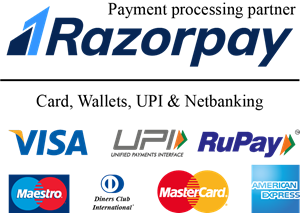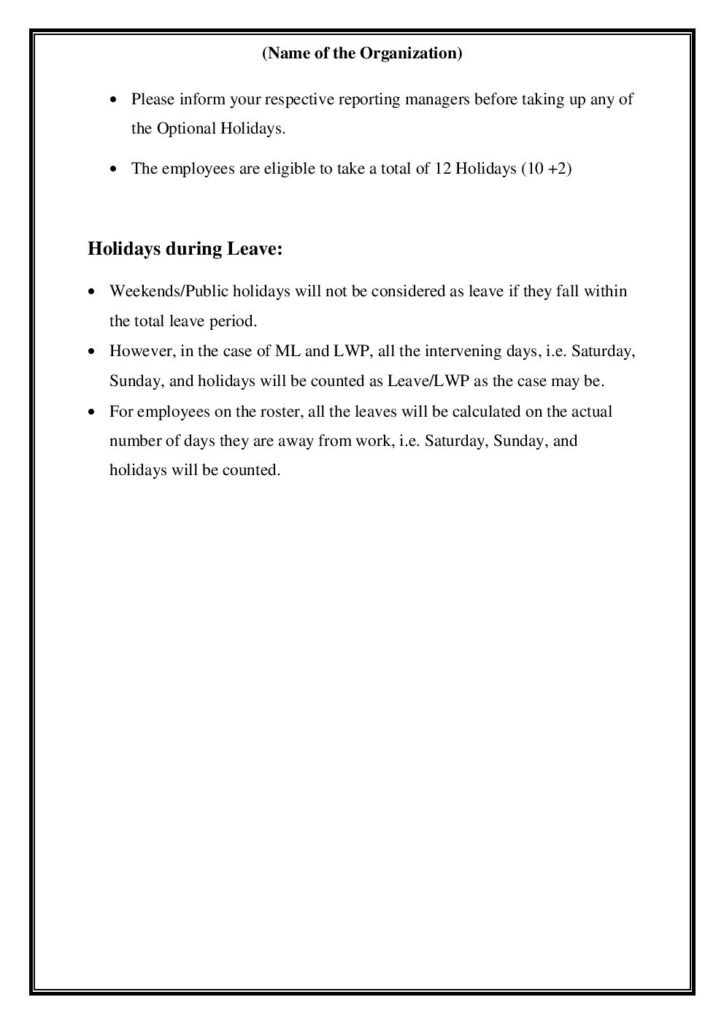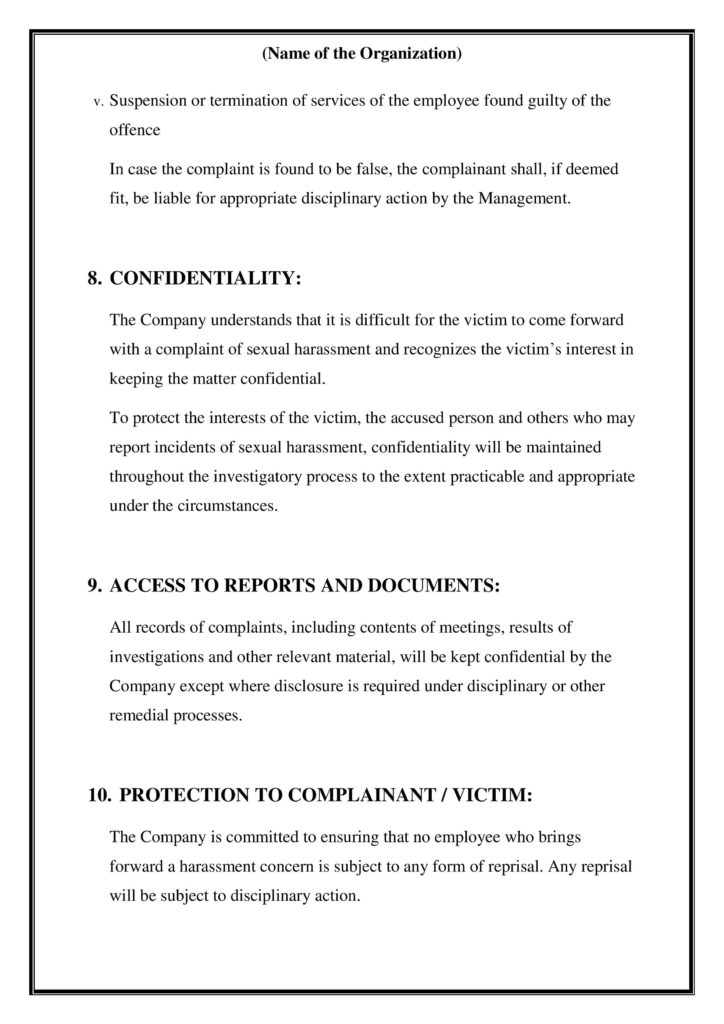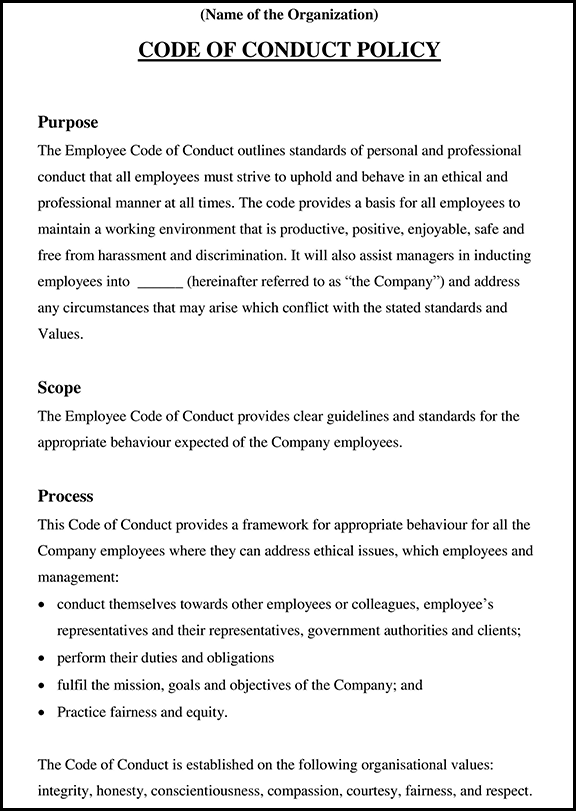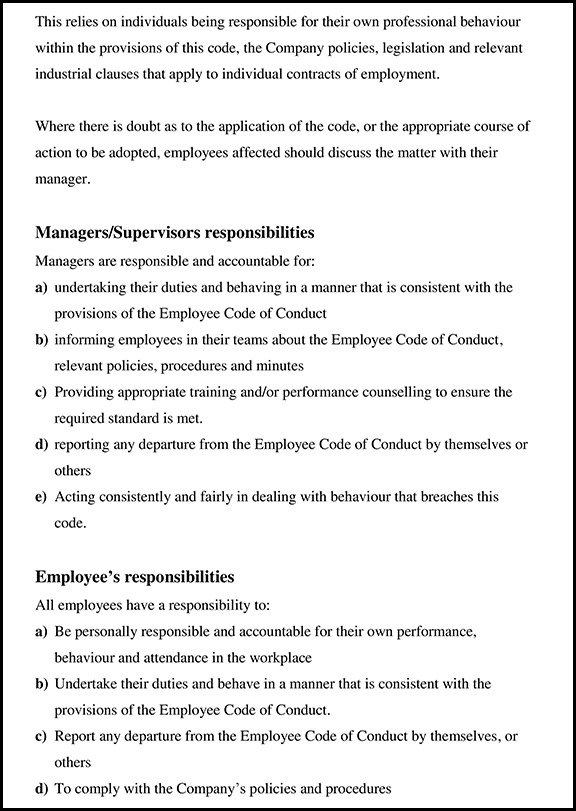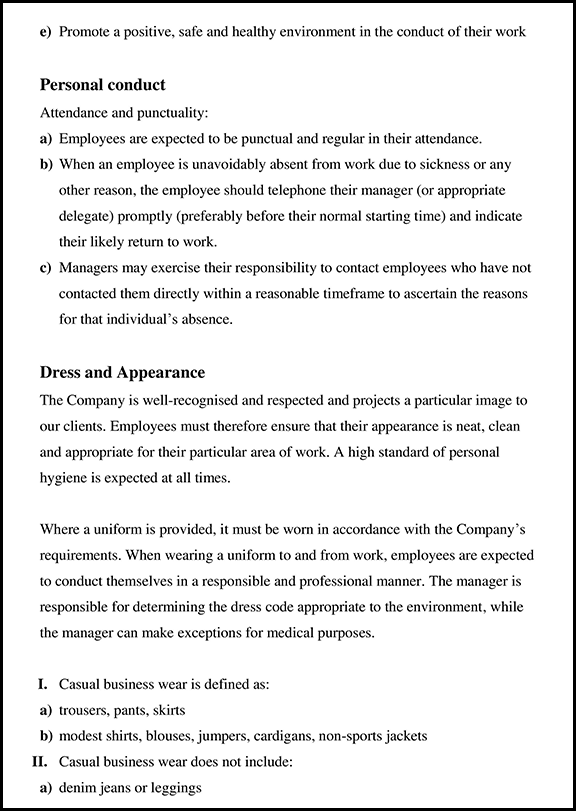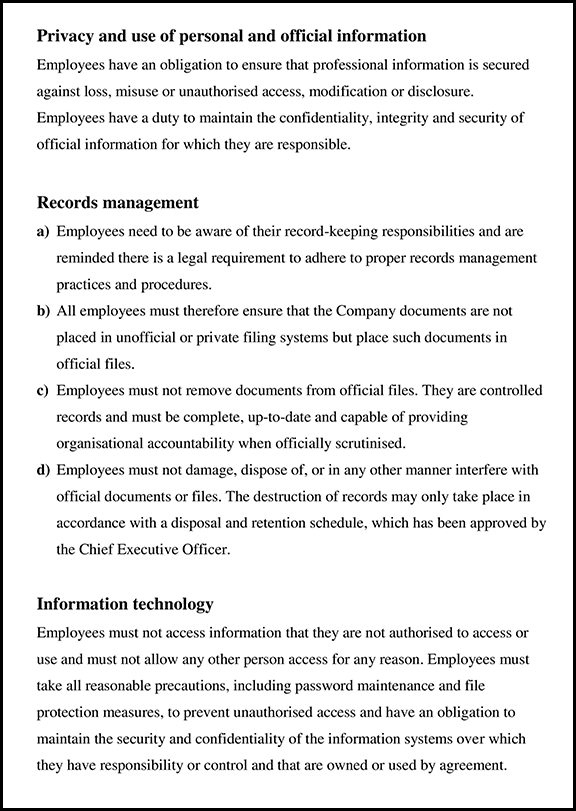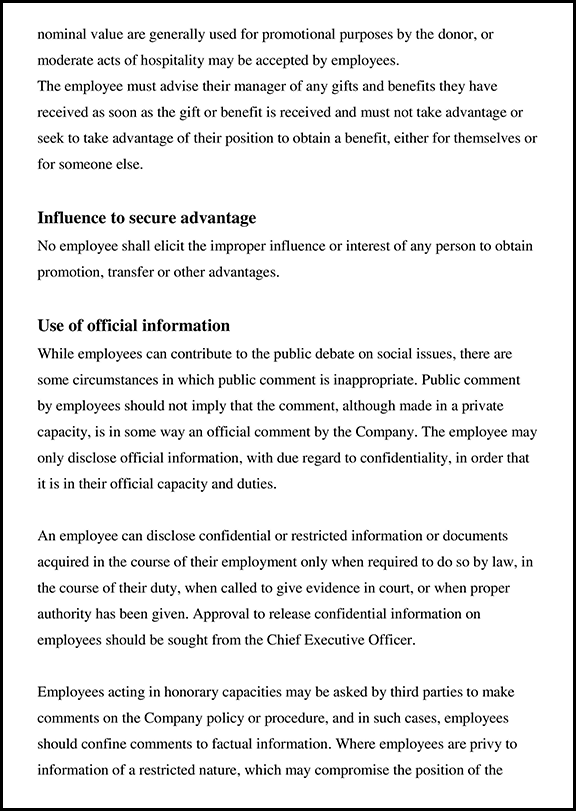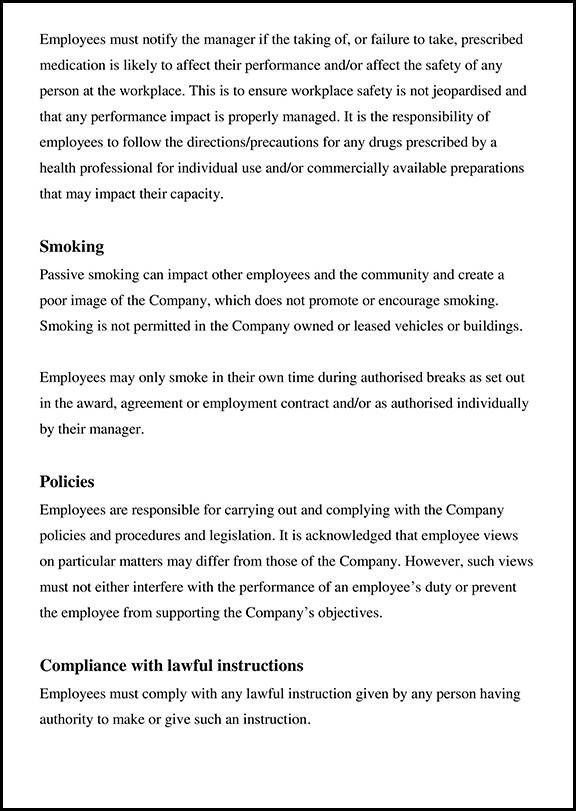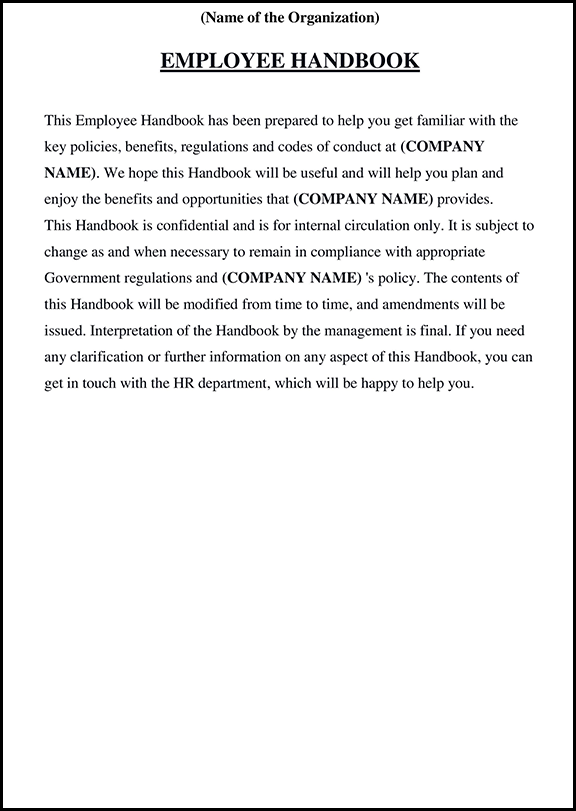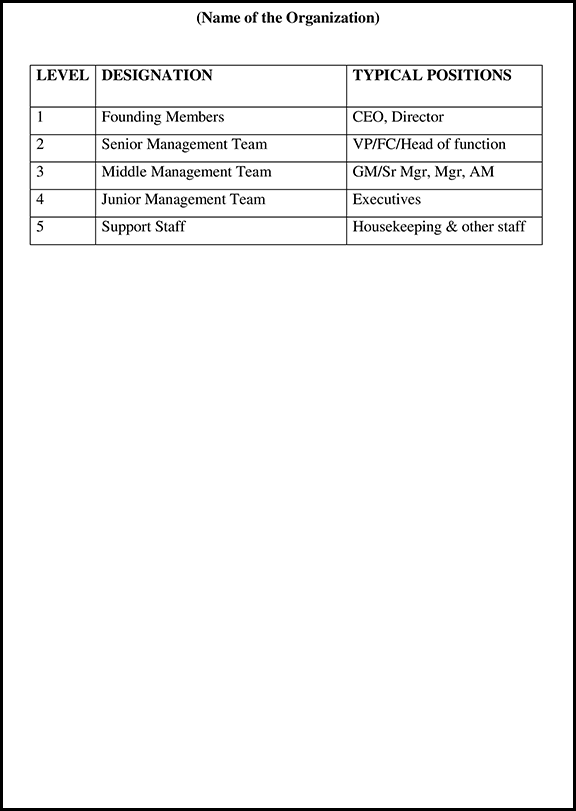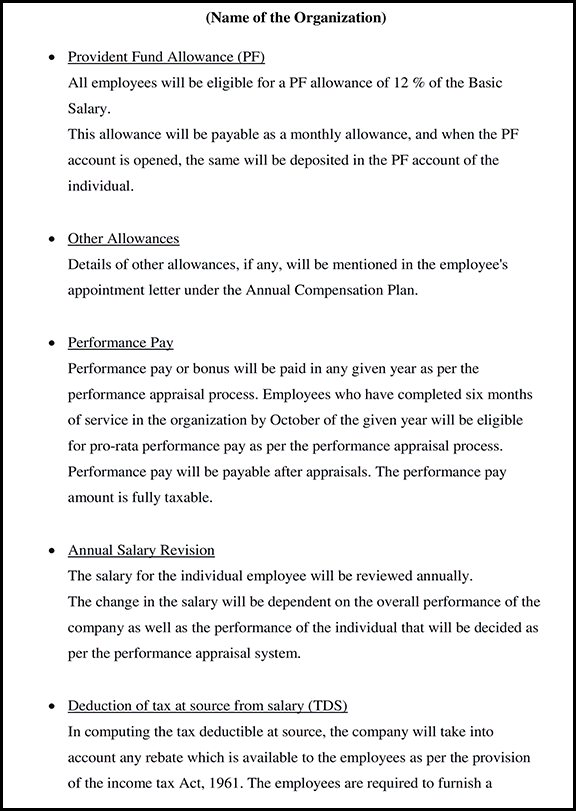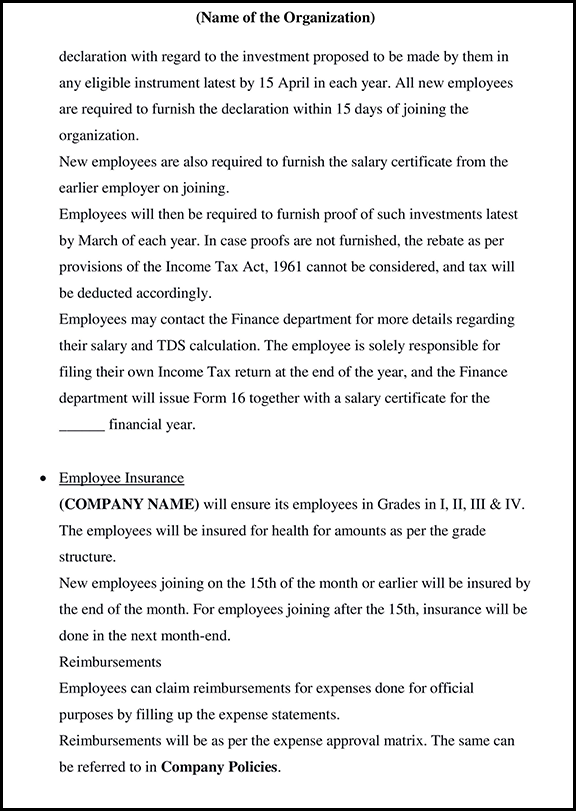
What is Leave Management?: Importance, Types, Tips & Benefits
What is Leave Management System?
Leave management, or time-off request management, organizes all the employees’ leaves in HR Software. It tracks the applied, taken, approved, disapproved, balanced & upcoming leaves. Efficient leave management ensures employees balance their personal and professional lives without affecting the business.
An effective HR leave management system should be able to track all types of leaves for an employee in compliance with employment laws. It comprises casual, sick, bereavement leaves, etc. Conducting an HR leave management process offline requires a lot of paperwork and time-to-time monitoring that turns out to be very hectic, time-consuming, and inefficient for the company’s overall productivity.
Let us take the Example of Accenture
An IT company: As per the company’s new project, and the company requires 60% of the IT staff to be present in the office next month to ensure the efficient working of all systems.
At the same time, more than 45% of tech employees have planned vacation leave next month. In such a case, applying for vacation leave is the legal right of every employee. Still, if more than 45% of employees are on holiday next month, then the productivity & smooth working of the company is going to get severely affected.
Leave management under the Attendance management system not only expedites the entire working process but also leads to keeping up with the legal norms & employee satisfaction.
Why is leave Management Important?
HR Leave management is integral to every company, leading to high-end productivity, profitable outcomes & individual leave tracking. There exists an undeniable importance of leave management in the company. Let’s understand its significance in the section below.
1. Maintain Record
Implementing the leave policy offline makes it challenging to enter, maintain and retrieve the relevant data at the time of need. But with the help of an online leave management system, you can record and track real-time data & fetch it later with ease. Unfortunately, less than 66% of employees taking attendance and applying for leaves manually put the correct data on the time sheets. These timesheet inaccuracies lead to a substantial financial toll on the company. Here is when the automated HR leave management system comes as a solution. The leave record of the employees can be maintained smoothly by auditing regularly, approving leaves on time, creating a clear leave policy, asking employees to track leave balance, and keeping track of different types of leaves.
Here are the Tips for Maintaining a Record
A. Regular Audit
The auditing of leaves should be done regularly for better record maintenance. The leave audit helps the HR administrators keep an eye on a particular employee’s historical leave record data. This way, the employers can control approving or rejecting upcoming applied leaves of a selected employee.
B. Timely Leaves Approval
The automated Leave management system does not automatically approve or reject leaves. Henceforth, the employer is responsible for approving the leaves on time in the LMS for better record maintenance.
C. Clear Leave Policy
The leave policy should be clear & crisp, stating all the terms and conditions for taking leave, eligibility, leave duration, leaves number, leave collapse, leave encashment, and repercussions of taking unnecessary leaves.
D. Employees Tracking Leave Balance
Educate your employees on checking the entire leaves they have received, including how many they have used and how much balance remains.
E. Types of Leaves
Define the purpose of all kinds of leaves in the leave management system that an employee is eligible to receive, like casual leave, maternity leave, sick leave, etc. It helps employees to plan their upcoming personal commitments & leaves accordingly.
2. Holiday Planning
A well-structured leave management system lets you plan for all the forthcoming yearly holidays in advance. The productivity declined on non-working days, aka holidays, can be compensated by diligently planning the work, target achievement strategies & other goals. It also ensures equal leave opportunities for every employee without any bias. Moreover, unnecessary employee absentee will also reduce by a significant number as they can schedule their tasks on holidays rather than taking leave on a working day. As a result, there will be an enhanced productivity rate, meeting deadlines on time, and hitting targets. The best way to do Holiday planning is by having clear communication between employers & employees, checking the leave balance, following the company’s leave policy & creating a holiday calendar.
The Best Way to do Holiday planning is by following the below tips
A. Clear communication
Leave management software also provides clear communication about the leaves so that employees are not waiting to wonder about the upcoming holidays.
B. Checking the Leave Balance
When the staff knows about the remaining balance of their leaves through the learning management system, they can better plan their holidays. This way, the gap between taking leave on a working day for personal commitments and wasting their unknown upcoming holiday leave will be reduced.
C. Follow the Company’s Leave policy
Planning for a holiday becomes easier when you follow the intricate details of the leave policy designed by the company for which you are working rather than assuming some policy.
D. Holiday Calendar
The calendar thoroughly lists all the official holidays. It contributes to leaving management by directly describing government, public and religious leaves. All such holidays are identical for every employee with no biasedness.
3. Reduce Management Errors
HR leave management in the system of every company is necessary to avoid the high scope of mistakes. When employers don’t have adequate knowledge about the individual employee approved & balance leaves, they are likely to pay for the absenteeism. It might also lead to arguments between employer and employee, later hampering the brand image & team relationships. Employers might also pay more to the ineligible employees at full and final settlement time. Management also needs to narrate the actual day, date & time an employee took the leaves. Such management errors create a chaotic situation where some days maximum strength of employees is on leave, severely affecting productivity. The errors in the management system are reduced by providing training, using checklists, conducting regular audits & bringing Leave Management Software to the existing system.
The following tips reduce the errors in the management system
A. Provide Training
An adequate training session should be scheduled for employers & employees on using the leave management system. With the proper training, employers will be better able to supervise the entire leave data of employees. In the same way, employees can manage their leave schedule & plan on taking upcoming leaves accordingly.
B. Use Checklists
Checklists help human resource supervisors plan for different types of leaves of absence. It comprises all the factors related to an employee’s absence and the conditions under which he is eligible to take the leave.
C. Conducting Regular Audits
Although 95% of the task is completed by HR leave management software, 5% of the inputs are required by employers. They need to regularly conduct auditing to ensure that all data related to the employee leave is on the right track. Total taken leaves should stay within the assigned leaves, state the number of leaves that can be taken at once irrespective of leave balance, etc.
D. Bringing Leave Management Software to the Existing System
The leave management software does all the essential tasks for the company with minimal to no manual work. Whenever everything regarding leaves gets recorded in the system on real-time bases, the scope of errors automatically reduces.
4. Policy Implementation
Implementing the leave policy is a straightforward process. The cost incurred in policy implementation via a leave management system is inexpensive, giving you a simplified leave management process. You can contact the StartupHR Toolkit to get your leave policy format designed and implemented in your organization. The question of how to draft an HR policy is answered by following simple tips.
Set guidelines, check to leave eligibility, and determine the types of leaves. If you are unfamiliar with how to draft a leave policy, feel free to approach the well-known human resource company, i.e., StartupHR Toolkit.
The question of how to draft a leave policy is answered by following simple tips
A. Set Guidelines
Proper guidelines should be there for employers and employees on applying for and approving the leaves under specific terms and conditions in compliance with the law.
B. Check to leave Eligibility
At the time of policy implementation, remember to mention the leave eligibility criteria for every employee. Else staff will start taking them randomly, affecting their productivity later.
C. Determine the Types of Leaves
While implementing the leave policy, make sure that all different types of leaves have been mentioned in the leave management software. If not done during policy implementation, it will be additional work for the company to add that leave later. Till that gap period, employees have to apply for those specific leave offline & employers have to approve them manually, creating hassle, confusion, or errors.
Types of Leaves in India
Here are the Different Types of Leaves in India that you can manage in HR Software
1. Casual Leave
Casual leave is provided to employees to deal with unforeseen events and personal matters. The HR software can track all such leaves taken by the workforce. Employees can apply for a half-day or one-day/two-day casual leave to manage personal life-related daily emergencies. Employees generally use half-day leaves in the first or second half-day to accomplish minor tasks such as going to banks, child admission, attending parents teacher meetings (PTMs), doctor consultations, etc.
2. Sick Leave
We all are human beings and can fall ill anytime. Here is when sick leave comes to our rescue! Sick leaves are available for employees with a minimum tenure in the company. Employees can apply for sick leave without prior intimation to the company knowing that sickness is unforeseen. The number of sick leave provided to every employee varies according to the company. Most companies require a medical certificate from the doctor to cross-verify the patient’s illness; others won’t. To track all such instantaneous leaves, we have an HR software leave management system to follow it.
3. Earned Leave
Earned leaves are the paid leaves employees earn annually. These leaves are also known as privilege leaves or vacation leaves. Generally, an employee gets 18 leaves in a year, although this number is subject to vary as per the company’s policy. The motive of providing earned leaves to the employees is to motivate them to take out some time for themselves, go on vacation with friends and families, relax & have a chill time. Employees must apply for earned leave in advance so their employers can check and approve them within time. They are allowed to use these leaves every month or accumulate and use them at once. Moreover, employees not interested in using these leaves can get them encashed when leaving the organization.
4. Maternity Leave
Women are blessed to bring a new life to this world, but experiencing this happiness parallel to a hectic daily office routine is a matter of concern. With sympathy and respect for pregnant women, many Indian companies provide maternity leave to women so that they adequately handle their pre-pregnancy & post-pregnancy care. As per Maternity Benefit Act: working women are eligible for 12 weeks to 26 weeks of maternity leave. Women who are already a mother of 2 children & expecting a 3rd child are eligible for 12 weeks of maternity leave. The duration of the applied, approved & balance of Maternity leaves is monitored through the HR software in the best way. So in case of an extension of leaves, everything gets tracked in the HR leave management software without any hassle and mismatch of data later.
5. Bereavement Leave
Bereavement leaves are another leave that can be managed and tracked in the HR software. Such leaves are given when a loved one or family member dies. Such leaves are provided based on compassion and empathy, so every company doesn’t offer bereavement leaves. It is the new type of leave in India & has been enforced in companies to show that the employee belongs to the company so that he can perform all the last rituals, rights, grief, formalities, or legal tasks. It is considered an emergency leave for employees to apply on the spot.
What if Your Company Doesn’t Have a Leave Policy?
A leave policy is a well-established legal document stating all the protocols, and rules, & processes for an employee to avail of the leaves. It sets the entire time record to let the workforce understand leaves eligibility criteria, types of leaves, and the total number of used & available balance of leaves. Also, if your company doesn’t have a leave policy, the outcome will be disastrous.
Having a defined & structured leave policy ensures heightened productivity level, system transparency, & equal leave opportunities for every employee without discrimination. The best leave management systems have all the relevant tools for adequately managing employee leave requests. It also has various other tools for maximizing the company’s productivity & accomplishing its objectives at a reasonable cost.
StartupHR Toolkit is the leading human resource company that designs HR policy & provides ready-to-use HR documents to smoothly implement every step of the HR process. You can get your leave policy format designed by our highly experienced HR experts for a 100% professional & effective leave policy.
Benefits of Leave Policy
Here are the benefits of having an employee-friendly leave policy
- A well-designed leave policy increases the workforce’s trust, transparency, satisfaction level & retention rate.
- The overall productivity level enhances & the company gets desired outcomes in compliance with the employment laws.
- Employees work out of motivation & not pressure as they get enough time to fulfill their commitments.
- The payroll, attendance & leave tracking process gets more streamlined & in order with the automation of leave processes like lapsing, accrual period, restriction, encashment, rollover, holidays between leaves, etc.
- An efficiently structured leave policy minimizes the scope of errors in tracking employees’ leaves with no space for false claims by employees or employers.
Conclusion
StartupHR Software finds the industry’s best HR software specific to customers’ needs. They help you by providing initial demos to understand how StartupHR’s software can bring significant changes in your HR process ahead.
The HR experts from StartupHR Software have relevant experience suggesting the right software for an effective HR management system. Such software streamlines your HR operation & is customizable and specific to the organization, its culture & the total number of employees.
It saves time, enhances productivity & ensures a streamlined HR Management process. Contact us today and get your company’s most promising HR Software delivered at an affordable price by having an initial glance at HR Software Demos.
Join a Community of 1,00,000+ HR Professionals









